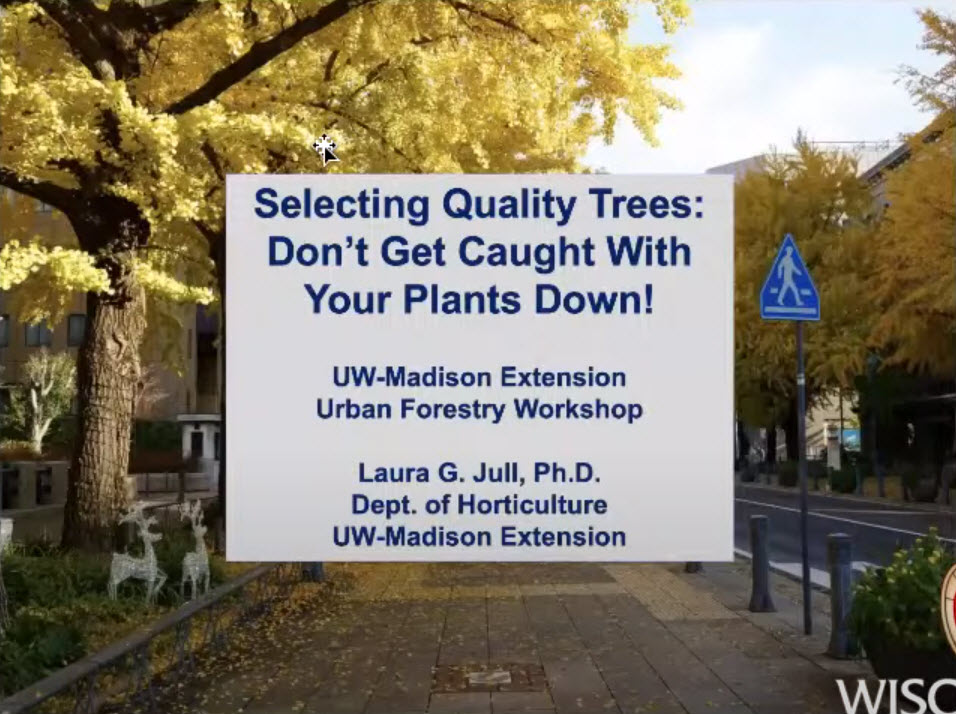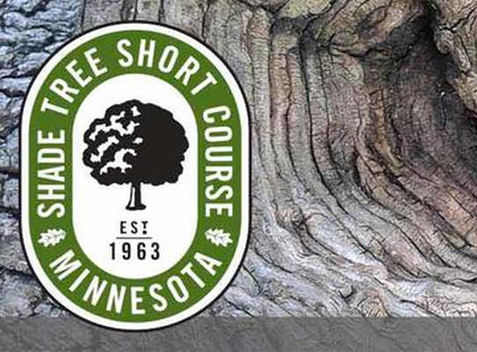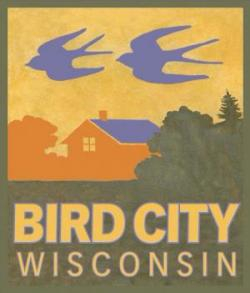
Leafing Out, Episode 4: Selecting Your Tree, Fruit Trees with Paul Schwabe
Thursday, March 25, 2021, 12:00-1:00 PM
This webinar has been produced in collaboration with the Dane County Tree Board
Join 1000 Friends and Paul Schwabe from Johnson’s Nursery in Menomonee Falls to hear the secrets to a bountiful fruit tree. Paul is a sales rep at Johnson’s Nursery and has many years of wisdom to share with us.
Paul will cover the optimal site conditions for fruit trees and then grow your knowledge of apple and peach trees during his presentation. When his talk is finished, Paul will be available for any of your fruit tree questions.
Continue reading “1000 Friends Of Wisconsin’s Leafing Out Webinar Series”

 The Wisconsin Department of Natural Resources (DNR) Urban Forestry and UW-Madison, Division of Extension Fall 2020 Workshop Series is now available for viewing on YouTube. Use the links below to watch the videos:
The Wisconsin Department of Natural Resources (DNR) Urban Forestry and UW-Madison, Division of Extension Fall 2020 Workshop Series is now available for viewing on YouTube. Use the links below to watch the videos: The Wisconsin Department of Natural Resources (DNR) Urban Forestry program will have a virtual booth at the 2021
The Wisconsin Department of Natural Resources (DNR) Urban Forestry program will have a virtual booth at the 2021  In recent years, Cedarburg’s urban forest was declining. From 2017-2019, less than one-third of removed trees were replaced. “Development, storms, insects (especially emerald ash borer), and disease have reduced the City’s tree canopy by as much as 300 trees… trees which, at present, are not being replaced,” said Kevin Westphal, Cedarburg parks and forestry superintendent, in January 2020.
In recent years, Cedarburg’s urban forest was declining. From 2017-2019, less than one-third of removed trees were replaced. “Development, storms, insects (especially emerald ash borer), and disease have reduced the City’s tree canopy by as much as 300 trees… trees which, at present, are not being replaced,” said Kevin Westphal, Cedarburg parks and forestry superintendent, in January 2020.
 March 23-24, 2021
March 23-24, 2021 For the second year, Bird City Wisconsin is awarding small grants to current Bird City communities. Grants totaling $500 will be awarded in each of three categories: creating and protecting bird habitat, educating residents about interactions between birds and people, and protecting birds by reducing threats.
For the second year, Bird City Wisconsin is awarding small grants to current Bird City communities. Grants totaling $500 will be awarded in each of three categories: creating and protecting bird habitat, educating residents about interactions between birds and people, and protecting birds by reducing threats. As the temperature drops and sunlight decreases, deciduous trees shed their leaves and focus on internal storage and conserving resources. Our behavior often mirrors that of a dormant tree. It is easy to shed our active, outdoor lifestyle in favor of lounging under blankets and remaining sedentary most of the day.
As the temperature drops and sunlight decreases, deciduous trees shed their leaves and focus on internal storage and conserving resources. Our behavior often mirrors that of a dormant tree. It is easy to shed our active, outdoor lifestyle in favor of lounging under blankets and remaining sedentary most of the day.